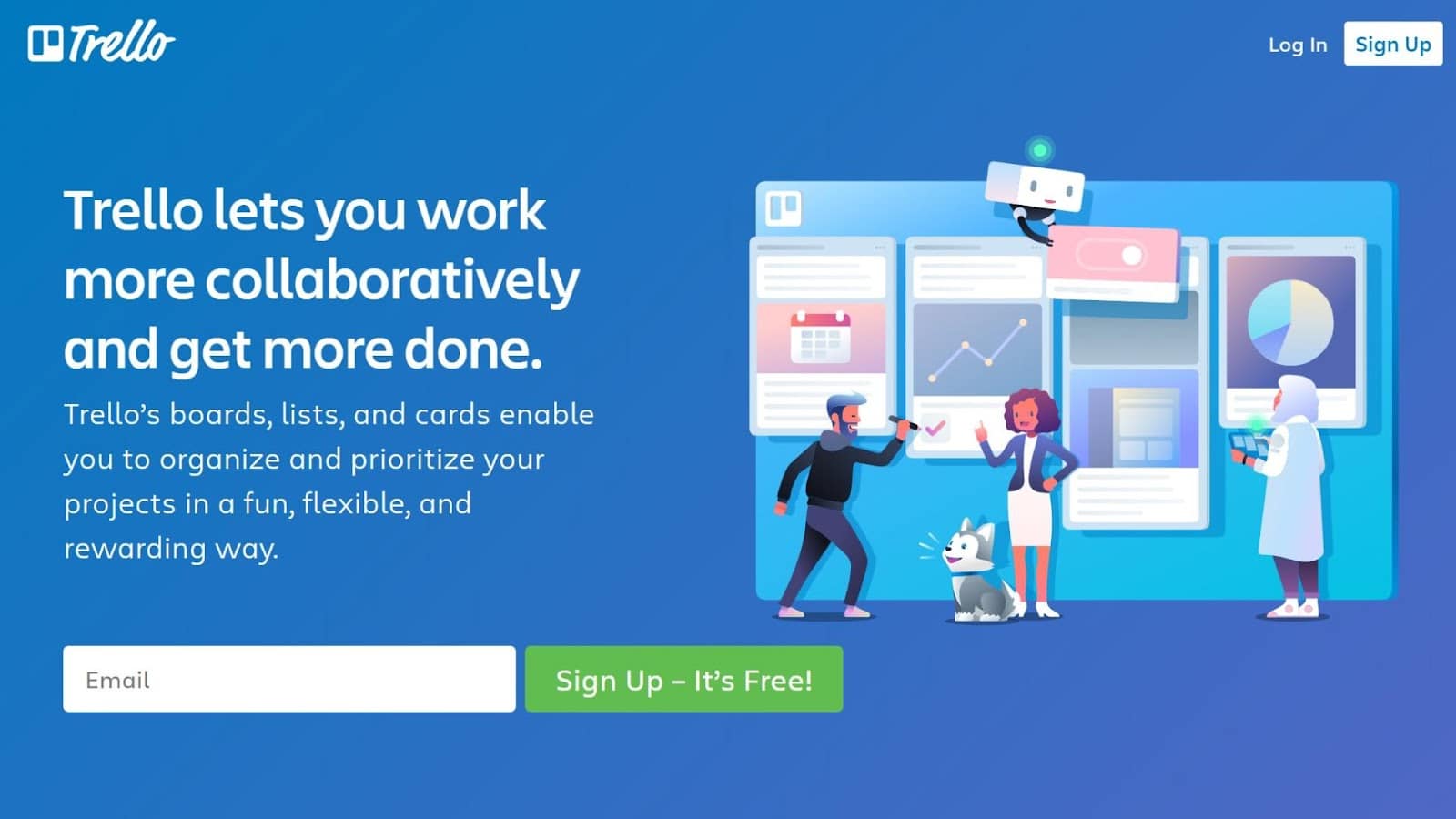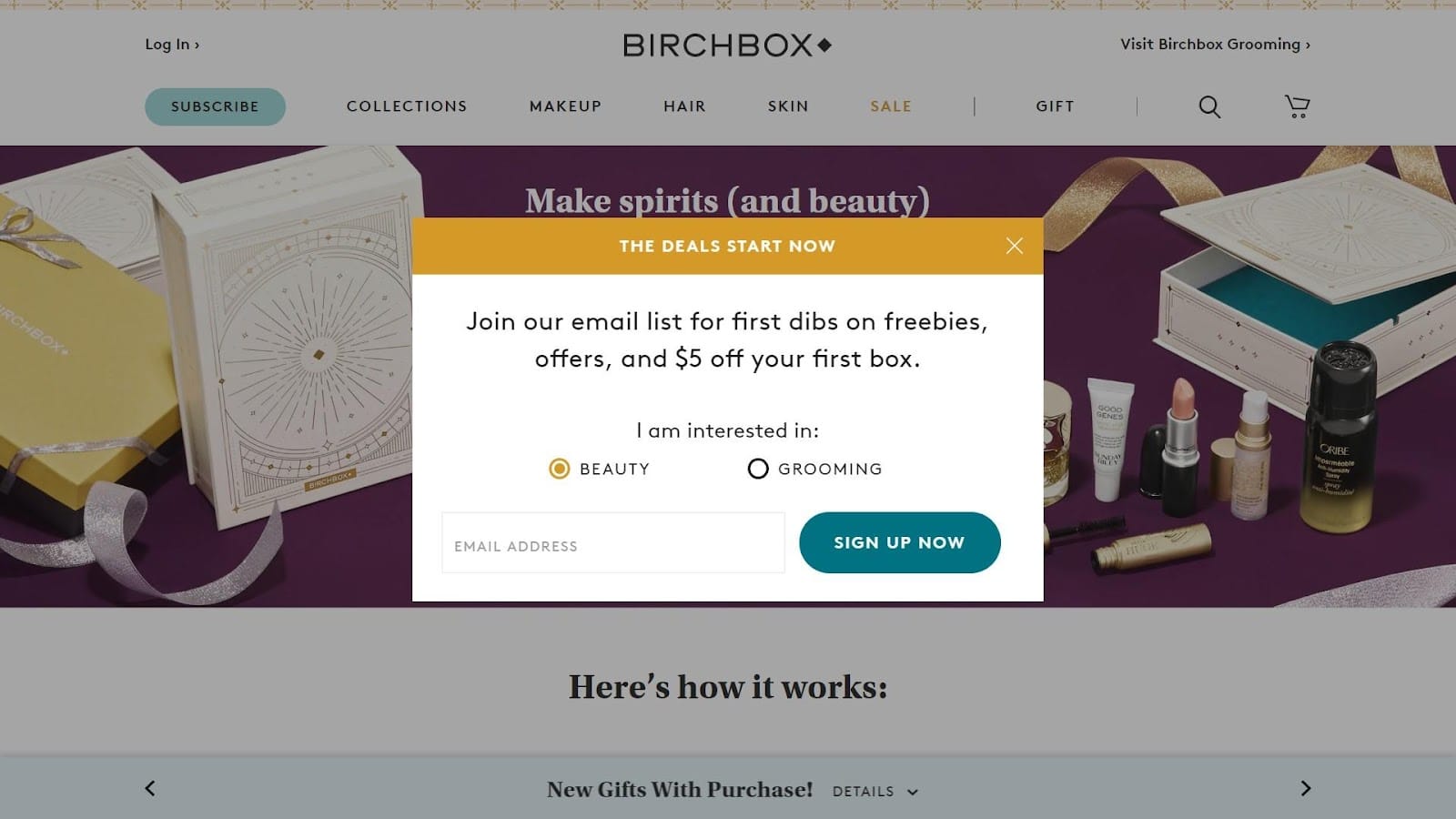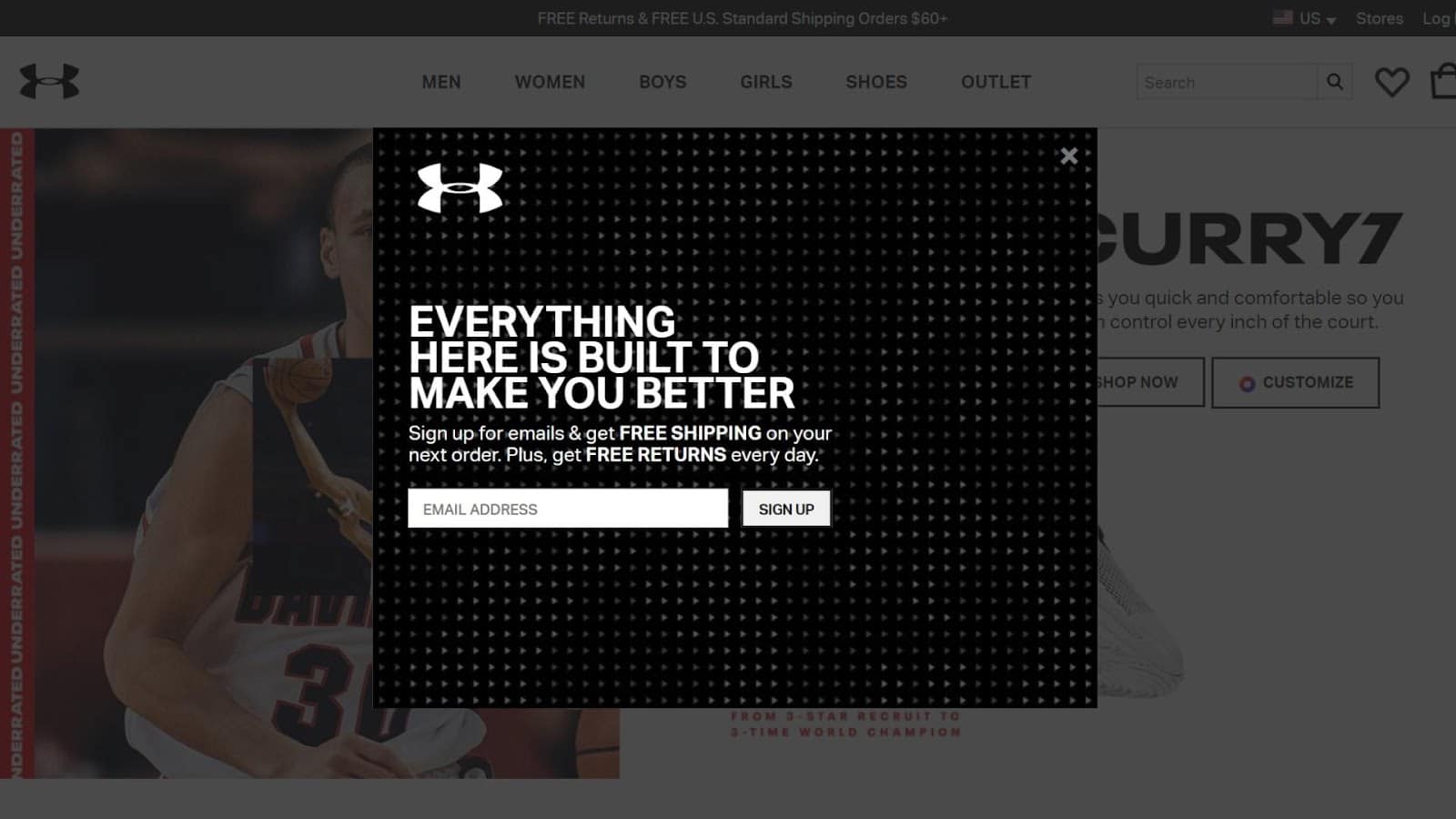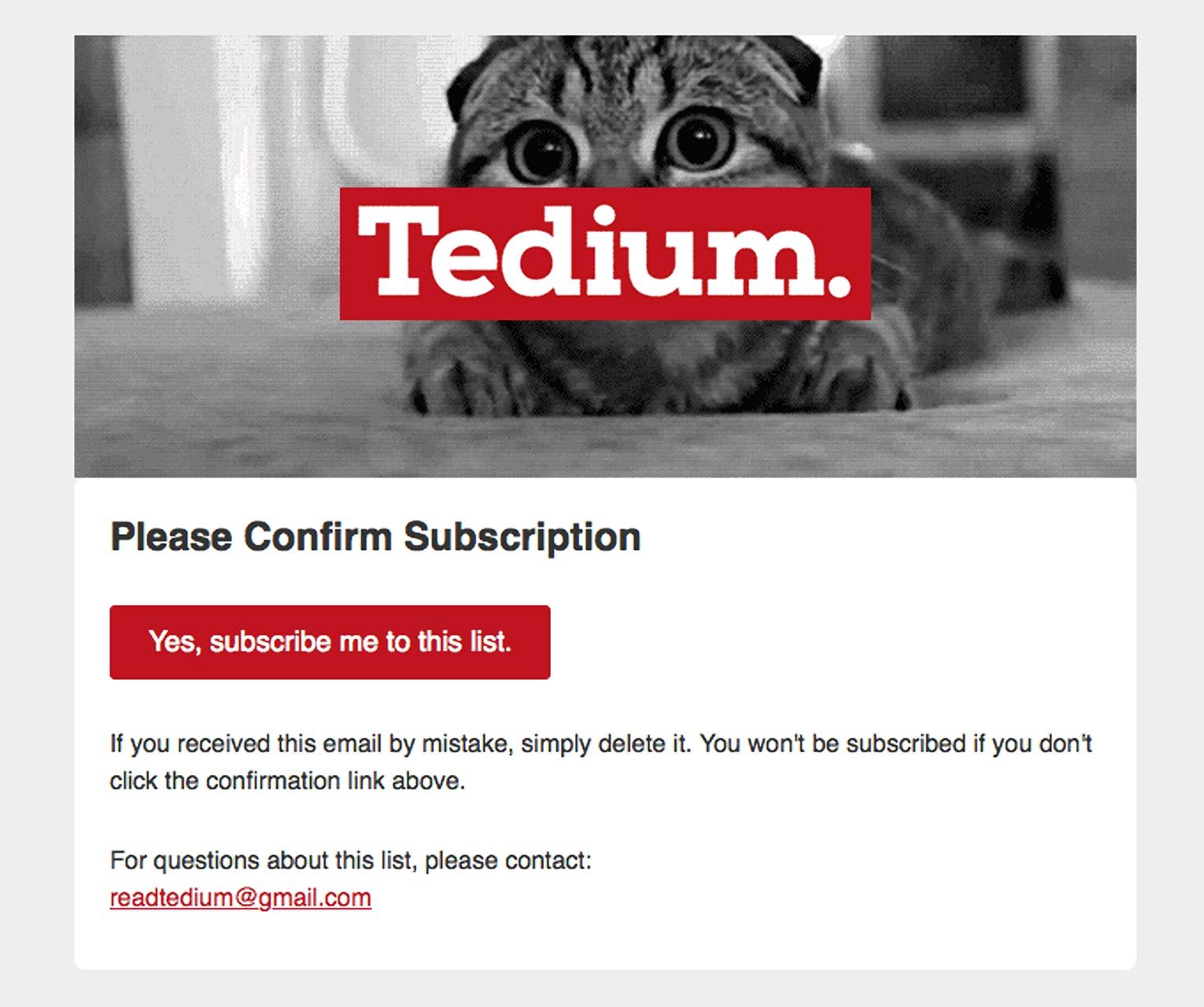Email 101: How to build an email list from scratch
Do you know how to build an email list from scratch?
Every email marketer should have the knowledge to support effective subscriber list building. And if you don’t have that skill yet, it’s okay. The strategies used in building an email list don’t often come naturally. We’re here to help.
Something you should know: Attracting a new lead costs five times more than maintaining an existing one. Ouch (says your budget). Still, starting and growing your subscriber list is a must. Because if you don’t have a list of recipients, your emails won’t go to any inboxes. Even the most impressively-crafted email campaigns are useless if they’re not executed to a healthy subscriber list.
So, if you’re looking to build—and grow—an email list from scratch, we’ve developed a guide for you. What’s below is easy to digest for newcomers—but if you’re a veteran email marketer, it’s a useful refresher. Let’s learn how to build an email list together.
Why you should focus on building an email list
Email is the most reliable channel for digital marketing. Nearly 60% of marketers get the best ROI from email marketing.
Have a soft spot for social media? A multichannel approach can be beneficial to your marketing strategy. Ultimately, though, you are six times more likely to get a click from an email compared to a tweet.
Building an email list—and keeping it healthy—translates to more interested eyes on your products, services, and offers.
What you should avoid when trying to grow an email list
Inboxes are getting more and more crowded. In 2017, more than 265 billion emails were sent daily across the globe. The projected global email activity in 2019 is even higher—at more than 290 billion emails.
How do you build an email list from scratch when you’re constantly competing for subscriber attention and inbox space?
Here’s rule number one: Don’t buy a list of subscribers. Please read that again.
Instead, collect email addresses from people truly interested in your brand. Buying email lists and sending unsolicited messages may land you in spam folders.
What if you inherit a huge subscriber list from a previous email marketer? Clean the list before running your digital campaigns. Who knows how much that list has decayed since it was last active? (And remember that list size doesn’t affect performance metrics.)
In fact, sending generic emails to subscribers you’re not familiar with may result in lower open rates than the accepted average of 20% to 40%.
What you need to start building an email list from scratch
Below are four starting elements to email list building. Having all at your disposal is not essential, but they do help grow a list at a faster pace.
1. A well-defined target audience
Who is your ideal subscriber? Before building an email list, have an idea of who you want to attract. You may equate this to a buyer persona.
Knowing your targeted subscriber persona is instrumental in figuring out how and where to find people interested in subscribing. For example, marketing to millennials can be very different from marketing to Gen Z.
Source: Trello
2. A website to host a landing page
Did you know that less than 75% of small businesses have a website? Relying on email marketing without a website is not unheard of, but we wouldn’t recommend it.
Creating a website is the most convenient way to host your opt-in form. Your website doesn’t require much more than a lead capture—it can just be a single-page site.
3. An offer that’s difficult to turn down
What are the elements of an effective landing page? Yours must be attractive enough to hold a person’s interest and outline the benefits of signing up for your email list. And don’t forget to add a compelling CTA.
You can use a simple opt-in form that describes future emails with great content and brand updates—but don’t expect soaring conversion rates. A promise cannot provide an instant payoff to your potential subscribers. Offer more.
To get better results, come up with an irresistible reason for people to give you their email addresses. Remember your well-defined target audience? Think about what they want and use lead magnets. Would your audience like a coupon, or a free ebook? Maybe they want a free email course offered through a drip campaign, or a free trial—or maybe something else.
Source: Birchbox
4. A reliable email marketing platform
It doesn’t make much sense to manage a large email list without a marketing-centered email service provider (ESP) to provide you with much-needed features. Remember, email list building is the foundation, but sending is the forward motion. Without a reliable ESP, knowing how to build an email list from scratch won’t matter much.
In the beginning, doing this on your own may be manageable. However, as your list grows, you’ll find functions like list segmentation and email automation necessary. And you’ll be hard-pressed to find advanced features like these on general ESPs like Outlook or Gmail.
You need an email marketing platform that supports the way you want to organize your lists and send your emails.
Strategies you can use to grow an email list
If you know your target audience and have already created a signup form, you’re technically set. Now, how about building that list from scratch—and doing it fast? Don’t wait idly for people to discover your website.
Speed things up: Market the idea of receiving brand emails to prospective subscribers. Only when you’ve built a healthy list can you use email marketing to benefit your brand.
Source: Under Armour
Apart from depending on your main lead capture page, you can:
-
Use a variety of popups: This website element can show up after a visitor spends a certain amount of time on a page or after scrolling through a certain percentage of it. A signup form can also appear after clicking a specific link.
-
Add email signup CTAs to every page on your website: Add the form at the end of your blog posts. Or post it to the website’s sidebar or footer. Sprinkling CTAs throughout your website integrates your content marketing and email marketing efforts. You can offer different lead magnets depending on the content of each page, too.
-
Ask customers at each point of sale: Retail businesses, consider this a worthy strategy for both online and in-person situations. Ask customers if they’d like to subscribe to your email list in shopping confirmation emails. Instruct brick-and-mortar employees to do the same. Your lead magnet can be as simple as a small discount applied to their current purchase.
-
Include email signup checkboxes in other forms: When people seek customer support, or more information on your website, is there a contact or request form? Add an option to subscribe to your email list near the submit button.
-
Set up a reward system for referrals: Of course, you’d need existing subscribers for a referral program to work.
-
Link your email signup form in a social media post: If you have a significant social following, it’s worth investing effort into making them email subscribers.
-
Promote opt-in forms in your company’s employee email signatures: Is your brand heavily dependent on email? This is a great tactic if you and your team routinely send personalized, engaging emails to business contacts, prospects, and partners.
-
Collect business cards in stores and at events: Lastly, consider including an offline element to your email list building. Leave a business card fishbowl at your physical store or set one up at an event booth. Manually input the email addresses collected from this practice and send a double opt-in email to confirm their subscription.
Source: Really Good Emails
Something worth noting: About half of the mentioned strategies for building an email list require a website. If cutting off several of the above tactics is an acceptable trade off, you may use a brand account on a social channel like Facebook or Instagram as your lead capture point.
Wrap up
All email marketers should know how to build an email list from scratch. If you don’t grow a list of engaged subscribers, your marketing messages likely won’t get read.
Building an email list and maintaining its health leads to more conversion opportunities. Starting from zero and not buying an existing list is ideal. You’ll also want to update your list and weed out inactive subscribers from time to time.
You need these elements to grow an email list:
-
A well-defined target audience
-
A website to host a landing page
-
An offer that’s difficult to turn down
-
A reliable marketing platform
While having all four isn’t essential, they do make building an email list an easier task.
Once you set up your lead capture page, you’ll want to increase the visibility of your signup forms—this helps grow your email list much faster. Some strategies to implement:
-
Adding more website opt-in forms through popups, checkboxes, or inline CTAs
-
Linking to your lead capture page from your email signature or social media posts
-
Getting email addresses through collecting business cards in-person
-
Running a referral program once you’ve attracted an initial wave of subscribers
Now that you know how to build an email list from scratch, you’ll need to show your subscribers what your brand is about. Find out how to create a winning welcome email series.
MOST RECENT ARTICLES
Want to engage your audience and grow your brand? Try Emma's robust easy-to-use product today.

















